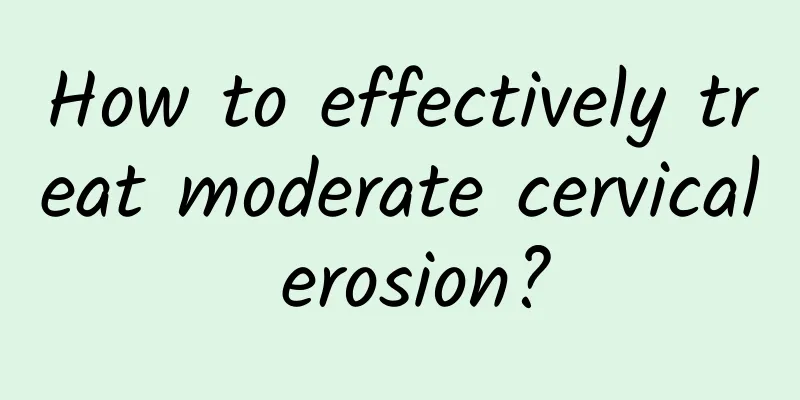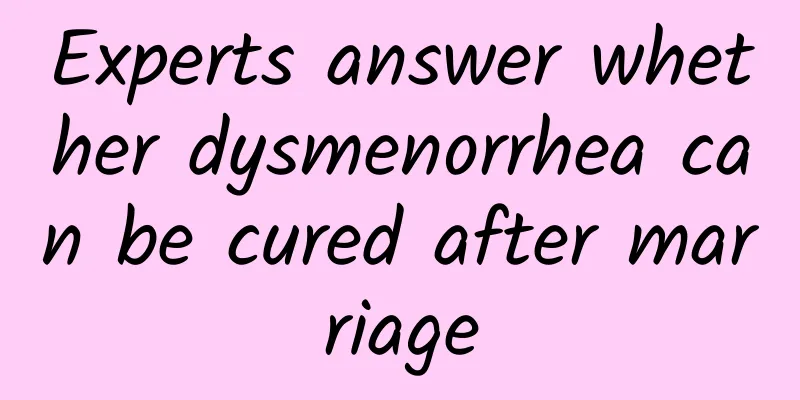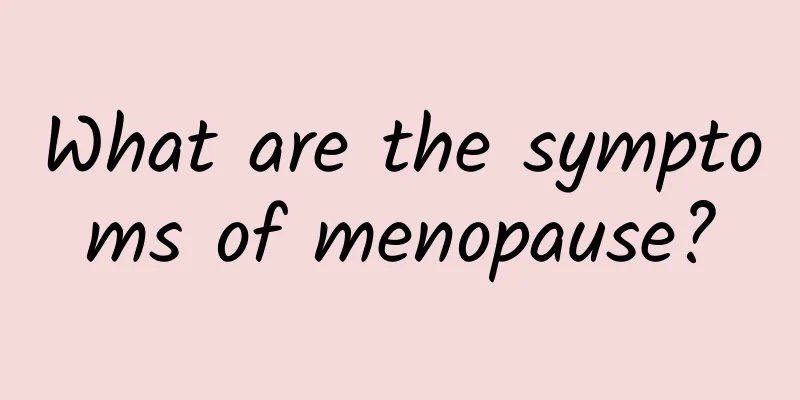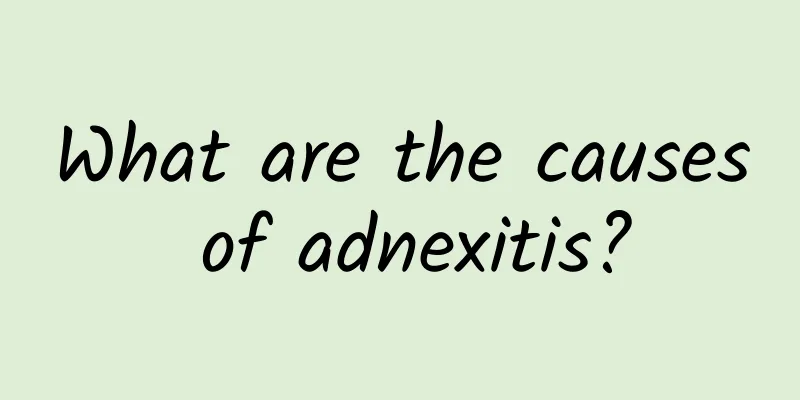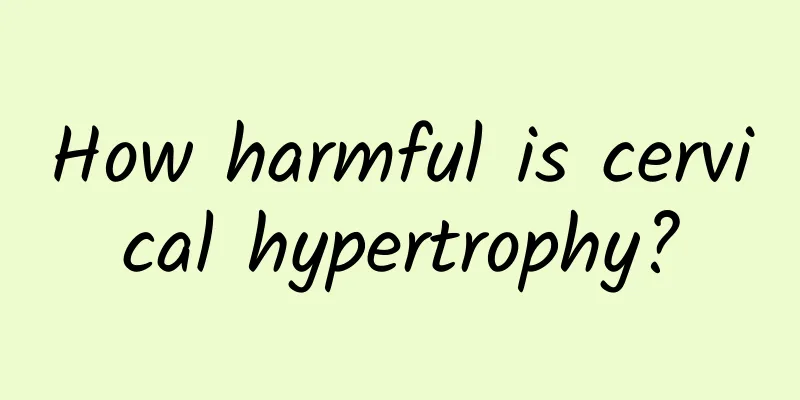What causes uterine fibroid pain? What are the symptoms of uterine fibroid pain?
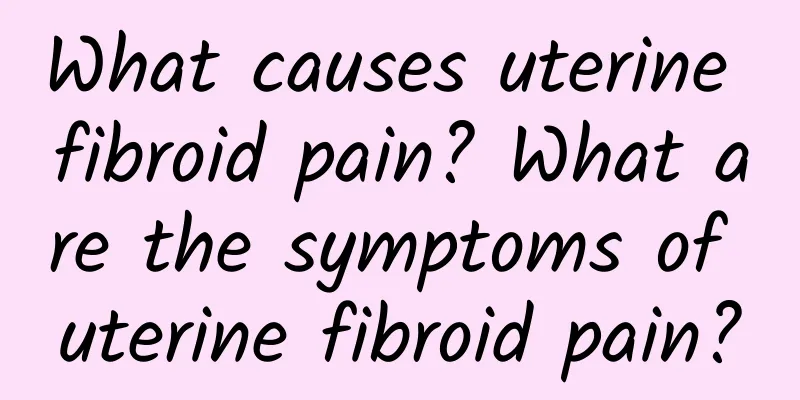
|
What causes uterine fibroid pain? Uterine fibroids are a common benign tumor in gynecology, which is mainly composed of uterine muscle tissue. Although most uterine fibroids are asymptomatic, some patients may experience pain. So, what causes uterine fibroid pain? First, uterine fibroids will grow and compress surrounding tissues, causing pain. As the uterine fibroid grows, it may compress nearby nerve endings, causing discomfort such as abdominal pain or back pain. This pain is usually paroxysmal and may worsen during menstruation. Secondly, uterine fibroids may also cause insufficient blood supply to the myometrium, leading to muscle hypoxia and pain. Uterine fibroids themselves can affect the blood supply to the endometrium, leading to irregular menstruation or increased bleeding. When uterine fibroids cause insufficient blood supply to the uterine muscles, the muscle tissue will react with pain. Additionally, fibroids can cause structural changes in the uterus, which can cause pain. When a fibroid is located in a certain part of the uterus, it can cause the uterus to deform or twist, which can cause pain. Activities such as exercise or sexual intercourse can cause the uterine muscles to contract, further exacerbating the pain. It should be noted that different cases may produce different pain sensations. Some patients may only feel mild discomfort or dull pain, while for others, the pain may be very severe and even affect their normal life or work. In summary, the causes of uterine fibroid pain mainly include compression of the tumor, insufficient blood supply to the uterine myometrium, and changes in uterine structure. Although pain is one of the common symptoms of uterine fibroids, not all patients will experience this discomfort. If symptoms of uterine fibroid pain occur, it is recommended to seek medical attention in a timely manner and receive treatment according to the doctor's instructions. (Note: This article is for reference only. The specific treatment plan needs to follow the doctor's advice.) References: 1.AmericanSocietyforReproductiveMedicine.(2018).Uterinefibroids.Retrievedfromhttps://www.reproductivefacts.org/faqs/faqsaboutfibroids/ 2. Howard, FM (2003). Uterine fibroids: the commonestindication for hysterectomy in premenopausal women. British Medical Journal, 327 (7417), 721722. 3. Laughlin Tommaso, SK, & Stewart, EA (2017). Uterineleiomyomas(fibroids):overviewofprevalence,clinicalmanifestations,anddiagnosis.https://www.uptodate.com/contents/uterineleiomyomasfibroidsoverviewofprevalenceclinicalmanifestationsanddiagnosis. 4.Walker, CL, & Stewart, EA (2015). Uterinefibroids: theelephantintheroom.Science, 308(5728),15891592. |
>>: What are the symptoms of uterine fibroids in women? The harm of uterine fibroids in women
Recommend
Things to note after treatment of cervical erosion in women
As more and more patients with cervical erosion a...
Please pay attention to the causes of irregular menstruation in women
The cause of irregular menstruation is a topic th...
What is the reason for thin people to get uterine fibroids? Can thin people get uterine fibroids?
What is the reason why thin people get uterine fi...
Early detection of early symptoms of pelvic inflammatory disease can help with treatment
Pelvic inflammatory disease can generally be divi...
Does vulvar itching affect life expectancy?
There are so many reasons for vulvar itching, and...
What are the dangers of abortion for women? Women should pay attention to these huge dangers of abortion
People's openness to sex has made premarital ...
Understanding the symptoms of unclean abortion will help with timely examination and treatment
Spontaneous abortion is common, but there may be ...
Golden "Appleberry"! US research: Eat more to stay away from diabetes
"An apple a day, keeps doctors away." i...
What should pregnant mothers do if they have cervical erosion? Specific precautions for cervical erosion during pregnancy
Many pregnant women are diagnosed with cervical e...
What are the symptoms of uterine fibroids? What are the key points of uterine fibroids?
Gynecological diseases often become an important ...
What are the key points to grasp in the best care of vulvar leukoplakia
Vulvar leukoplakia, a gynecological disease, is v...
What are the ways to prevent dysmenorrhea in winter?
Almost every woman wants to live a beautiful and ...
Good eating habits help recovery after abortion
Abortion is a very common operation, but women st...
What are the specific causes of adnexitis?
Adnexitis is a common gynecological disease, and ...
What are the precautions for vaginitis
Vaginitis is a common gynecological inflammation ...




